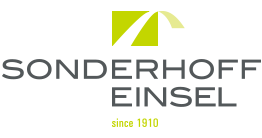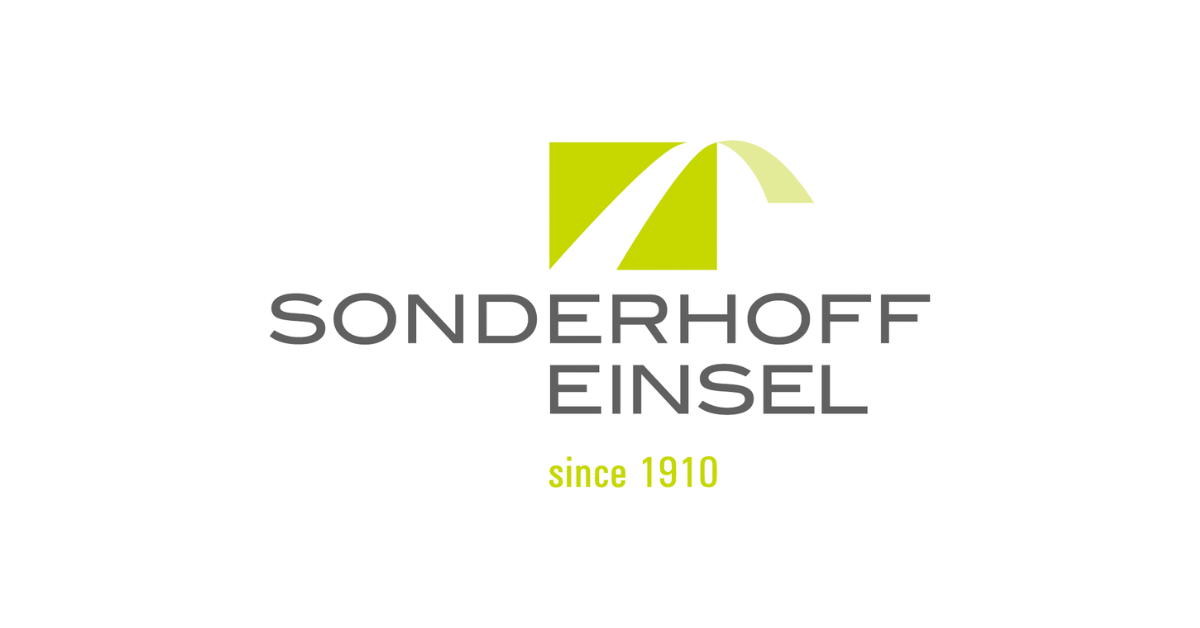On June 21, 2019, S&E sponsored a US IP law seminar titled, “Applying
Extraterritoriality of US Patents: Effect on the Patent Practices of Japanese Companies.”
The speakers were Professor Toshiko Takenaka who, while teaching at
prominent universities such as Keio University Law School and Washington
University School of Law, is involved in the acquisition and exercise of patent
rights at the Seed IP Law Group in Seattle, and Mr. Paul T. Meiklejohn (US Attorney
at Law), who is an adjunct professor at the University of Washington School of
Law and is a partner in Dorsey & Witney’s Intellectual Property Litigation
Practice Group.
In recent years, the tendency of courts has been to recognize the
extraterritorial reach of U.S. patents. Last year, the U.S. Supreme Court supported
a jury verdict that the defendant should award $93.4 million for worldwide damages
caused by their infringement act where they shipped
a component to be used in a patented invention to the United Kingdom. As this
case indicates, there is an increase of risk
for certain acts in Japan to be regarded as an infringement of a patent in the
US. While it is necessary to take measures to avoid this infringement, we also need
measures to acquire the right to positively utilize US patents for which the potential
amount of damages is high.
At the seminar, Ms. Takenaka gave a presentation on the “Territoriality
Principle of US Patent Law and Applying Extraterritoriality – Comparative
Study” and explained the basic ideology which applies extraterritoriality of US
patent law, and direct and indirect infringements of U.S. patent law in
comparison with German and Japanese patent laws. In addition, Mr. Meiklejohn gave
a presentation on the “Direct and Indirect Infringement of U.S. Patents” and
introduced many judicial precedents of direct and indirect infringements under
35 U.S.C. Section 271. He also explained the know-how to avoid such
infringements and to write method and system claims to use the applied
extraterritoriality.


